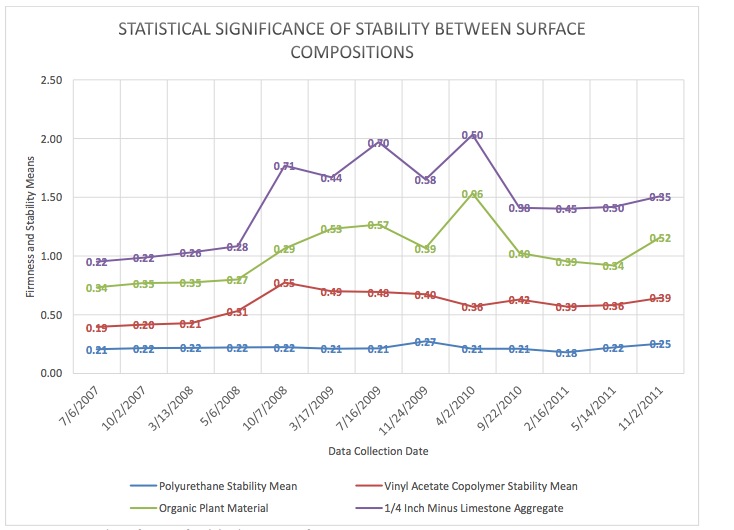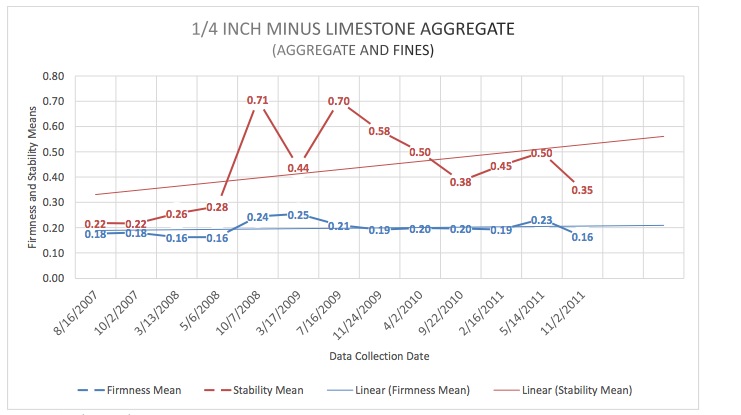NATIONAL CENTER ON ACCESSIBILITY
Background
There are an estimated 56.7 million people with disabilities in the United States (U.S. Census Bureau,
2010). Approximately one in five individuals have some type of functional limitation that substantially
limits one or more major life activities.
Growing public awareness of the barriers to persons with disabilities has led to several pieces of federal
legislation that have an effect on the design of recreation facilities. Chief among these are the
Architectural Barriers Act of 1968 (PL 90‐480), Section 504 of the Rehabilitation Act of 1973 (PL 93‐112),
and the Americans with Disabilities Act of 1990 (PL 101‐336), as amended by PL 110‐325 (September 25,
2008).
In order for people with disabilities to benefit on the same level as people without disabilities, leisure and
recreation services must be inclusive and accessible (Stumbo, Wang & Pegg, 2011). Recreation
opportunities give people with and without disabilities the opportunity to increase their quality of life and
to benefit from and contribute to their own health and wellness (National Center on Accessibility, 2008).
The World Health Organization (2011) refers to disability as “the negative aspects of the interaction
between individuals with a health condition…and personal and environmental factors…”(p. 7). One of the
disabling barriers is a lack of accessibility in not only the built environment, but also the natural
environment in which many leisure and recreation experiences take place.
Health data for people with disabilities, DATA2010, measures health at the population level (Centers for
Disease Control and Prevention, 2010). While these data highlight improvements in health over the
previous decade, they clearly reveal specific health disparities for people with disabilities. Compared with
people without disabilities, people with disabilities are, among other things, more likely to:
- Not engage in fitness activities
- Be overweight or obese
- Have high blood pressure
- Experience symptoms of psychological distress
- Receive less social‐emotional support, (Healthy People 2020)
The U.S. Access Board is the federal agency responsible for producing guidelines for creating accessible
environments. On June 20, 2007, the Access Board issued a Notice of Proposed Rulemaking (NPRM) for
Accessibility Guidelines for Outdoor Developed Areas (U.S. Access Board, 2007) covered under the
Architectural Barriers Act (ABA). On October 19, 2009, the Access Board issued the revised version of
these guidelines, titled Draft Final Accessibility Guidelines for Outdoor Developed Areas. Upon completion
of the US Access Board’s rulemaking process and adoption by the Department of Justice, all new
construction or alteration projects being built on Federal Lands will be required to comply with the
Outdoor Developed Areas guidelines. Following the adoption of these guidelines at the federal level, they
will then become enforceable for those entities covered under the Americans with Disabilities Act (ADA).
These entities include private, state, and local entities. The Draft Final Guidelines for Outdoor Developed
Areas includes accessibility requirements for camping facilities, beach access routes, viewing areas, picnic
facilities and trails.
As a result of the U.S. Access Board’s Draft Final Accessibility Guidelines for Outdoor Developed Areas,
entities are utilizing the document as a best practice until adoption and accessible trails are now a facet
of recreation that is to be made accessible to the maximum extent feasible (U.S. Access Board, 2009). This
is an important progression as trails serve a wide variety of functions, including expanding transportation
routes, offering recreational opportunities, and protecting sensitive environments by focusing traffic on a
suitable tread (Marion & Leung, 1996).
The impetus for the National Trails Surface study was to investigate alternatives to the typical firm and
stable surface materials of asphalt, concrete, or boardwalk. It is a common misconception that in
order to make a trail surface firm and stable, it needs to be paved. Professionals have found that using
soil stabilizers, or natural aggregates, can be effective alternatives to creating a trail surface that
meets accessibility guidelines (Boone, 2008).
Download full version (PDF): National Trail Surface Study
About the National Center on Accessibility
www.ncaonline.org
NCA was established through a cooperative agreement between Indiana University and the National Park Service. Over the last two decades, NCA has emerged as a leading authority on access issues unique to park and recreation programs and facilities.
Tags: Disabled, National Center on Accessibility, NCA, Pedestrian, Trails








 RSS Feed
RSS Feed